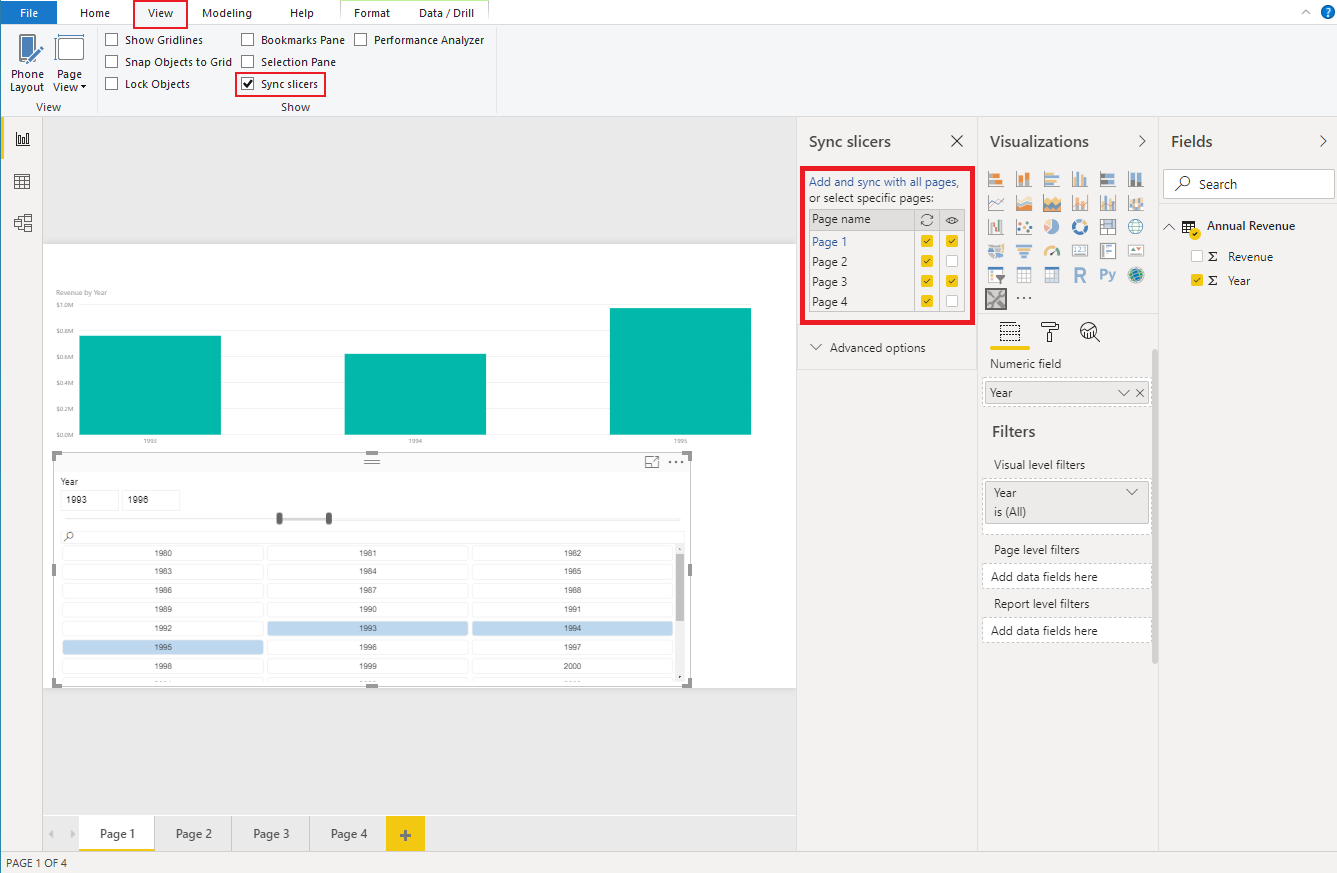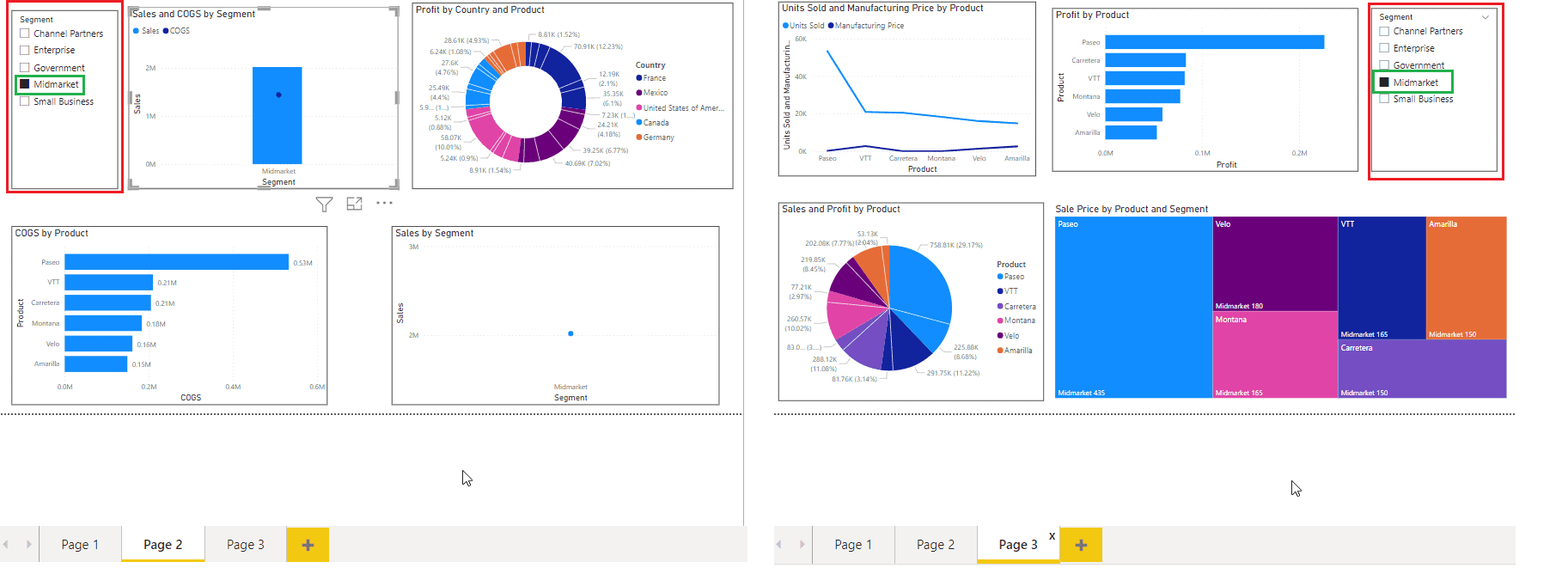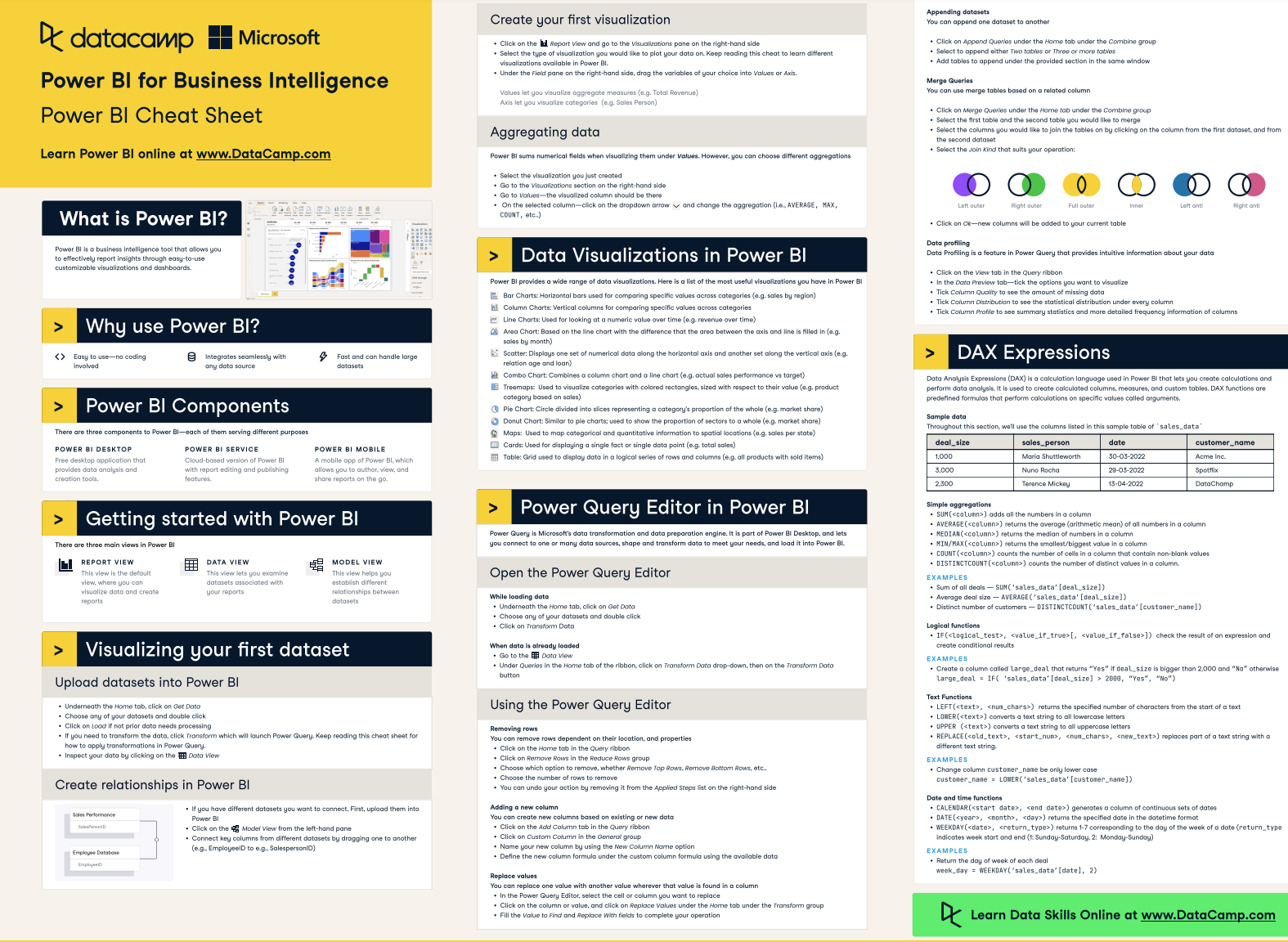Sync Slicers: 5 Power BI Tips

Welcome to an in-depth exploration of one of the most powerful yet often underutilized features in Power BI: the sync slicer. This powerful tool can streamline your data analysis process and enhance the visual appeal of your dashboards. In this article, we'll uncover the secrets of sync slicers, providing you with actionable tips to optimize your data visualization journey.
Understanding the Power of Sync Slicers

Sync slicers are an essential component of Power BI’s interactive dashboard capabilities. They enable you to synchronize selections across multiple visual elements, ensuring a consistent and coherent view of your data. By utilizing sync slicers effectively, you can create dynamic and engaging dashboards that provide actionable insights to your audience.
Here are five expert tips to harness the full potential of sync slicers in Power BI:
1. Mastering the Art of Syncing
The first step to becoming a sync slicer expert is understanding the various ways to establish synchronization between visual elements. Power BI offers two primary methods: Manual Syncing and Auto Syncing.
Manual syncing allows you to explicitly define which visuals should be synchronized. This method provides flexibility, enabling you to create complex relationships between visuals. On the other hand, auto syncing simplifies the process by automatically synchronizing all visuals on a page, making it ideal for quick setup and simple dashboard designs.
2. The Importance of Contextual Awareness
Sync slicers work best when they are contextually aware. This means that they should respond to the specific data and filters applied to your dashboard. By ensuring that your sync slicers are contextually sensitive, you can create more dynamic and interactive dashboards.
For example, consider a dashboard that visualizes sales data. You can set up sync slicers to automatically adjust based on the selected date range, product category, or sales region. This way, your audience can explore different dimensions of the data without manually adjusting each visual.
3. Leveraging Drill-Through Capabilities
Power BI’s drill-through feature is a powerful tool for exploring data in more detail. Sync slicers can be used in conjunction with drill-through to provide a seamless and intuitive user experience. When a user drills through a visual, the sync slicers automatically update to reflect the new context, ensuring a consistent view of the data.
For instance, if your dashboard displays a bar chart of sales by region, and a user drills through to see the sales data for a specific region, the sync slicers on the dashboard will automatically adjust to show data for that region across all visuals.
4. Optimizing Performance with Filter Interactions
Sync slicers can significantly impact the performance of your Power BI dashboard. To optimize performance, it’s essential to manage filter interactions effectively. You can control the behavior of sync slicers by setting up filter interactions between visuals.
For example, you can set up a filter interaction where a slicer's selection automatically applies to all visuals on the page, except for a specific visual that requires a different filter context. This way, you maintain control over the dashboard's performance while still achieving synchronization.
5. Enhancing Visual Appeal with Consistent Design
Consistency is key when designing dashboards with sync slicers. By maintaining a consistent design across your visuals, you create a more professional and visually appealing dashboard. Consistency also aids in user understanding, making it easier for your audience to interpret the data.
Consider using similar color schemes, fonts, and formatting across all visuals. Additionally, ensure that your sync slicers are easily identifiable and placed in a consistent location on the dashboard. This will help your users navigate the dashboard seamlessly and understand the relationships between different visual elements.
| Sync Slicer Tip | Description |
|---|---|
| Manual vs. Auto Sync | Choose between manual and auto syncing based on the complexity and design of your dashboard. |
| Contextual Sensitivity | Make sync slicers contextually aware to create dynamic and interactive dashboards. |
| Drill-Through Integration | Utilize drill-through to provide a seamless user experience with automatically updated sync slicers. |
| Filter Interactions | Manage filter interactions to optimize dashboard performance while maintaining synchronization. |
| Visual Consistency | Maintain a consistent design across visuals for a professional and user-friendly dashboard. |

Conclusion

Sync slicers are an essential component of Power BI’s data visualization toolkit. By following these expert tips, you can elevate your dashboard designs, providing your audience with an intuitive and visually appealing data exploration experience. Remember, the key to effective sync slicer usage lies in understanding your data, your audience, and the relationships between your visual elements.
How do I set up sync slicers in Power BI?
+To set up sync slicers, select the visuals you want to synchronize and right-click. Choose “Synchronize visual interactions” from the context menu. You can then select the desired synchronization method (manual or auto) and customize the settings to meet your specific needs.
Can I apply different sync slicer settings to specific visuals?
+Yes, Power BI allows you to customize sync slicer settings for individual visuals. Simply select the visual, go to the “Format” pane, and adjust the sync slicer settings accordingly. This flexibility enables you to create complex dashboard interactions.
How do I ensure optimal performance with sync slicers?
+To optimize performance, manage filter interactions effectively. Consider using the “Quick Filter” feature to control which visuals are impacted by sync slicer selections. Additionally, ensure your data model is optimized for performance to handle the increased interactions.



